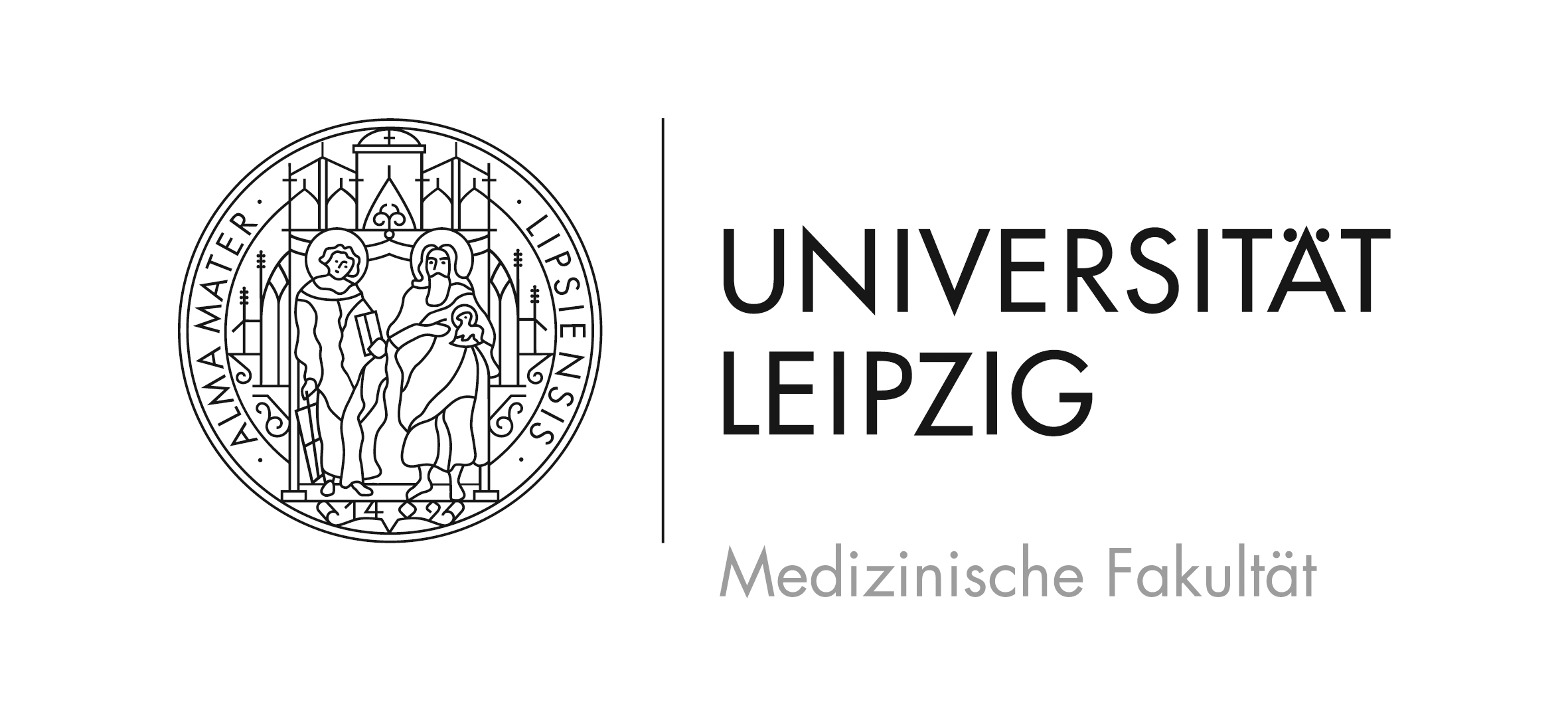The toxicity in intestine and liver for nanoparticles used in food and packaging (SolNanoTox)
Determining factors of the toxicity in intestine and liver for two similar sized nanoparticles used in food and packaging: In vitro and in vivo investigation on uptake and mechanisms involved (SolNanoTOX)
Launched in March 2014. Duration 3 years;
prolonged until 31/12/2017
The project SolNanoTOX is supported by DFG in the framework of Transnational Collaboration (bilateral agreement).
Little is known concerning the toxicity of these MNMs following ingestion. Moreover, their size, morphology and state of agglomeration together with physiological modifications are likely to play a considerable role in the uptake and toxicity of these materials to humans. Actually, very little data is available concerning the toxic effects of MNMs following oral exposure in vivo.
Among the properties of MNMs, the solubilisation capacity is likely an important determinant of nanomaterial uptake and the initiation of specific pathways of toxicity. In the SolNanoTox project, representatives of two different classes of MNMs will be investigated: titanium dioxide as an example for insoluble species due to its stability in water and aluminium representing the soluble category.
Moreover, several reports suggest that aluminium and titanium oxide nanomaterials target different organs following oral exposure. It is hypothesized that aluminium nanoparticles form aluminium ions, either before or during the uptake in the intestine, whilst titanium dioxide nanoparticles may cross the intestine as intact nanoparticles. This difference in behaviour could then explain the different target organs and toxicity for the two MNMs.
In this project, we plan to test this hypothesis by using an innovative combination of modern analytical methods for nanomaterials in tissues and single cells. The characterization of Al and TiO2 nanomaterials will be performed in solution, as well as in cell and tissue. The interaction of lipids, proteins, cell media and intestinal mucus on the characterization parameters of the MNMs will be also addressed. To explore the different solubility in physiological matrices and its influence on the potential uptake mechanisms, the project combines integrative in vitro and in vivo approaches to compare the fate, cytogenotoxic and toxicogenomic effects of the two selected MNMs. Firstly, the oral uptake and fate of MNMs in intestine and liver will be investigated in vivo after short-term oral treatment of rodents and compared to in vitro data obtained in human intestinal and hepatic cell models. Moreover, various toxic effects (genotoxicity, apoptosis, inflammation, proliferation etc.) will be studied in vivo and compared the responses observed in in vitro models. In addition, to gain precise information concerning the molecular mechanisms of response following MNM treatment in vivo and in vitro, this project will employ transcriptomic and proteomic approaches. The integrative and multidisciplinary studies outlined in this project will permit to identify and distinguish the determining factors of MNMs driving their uptake, distribution and mechanisms of action. The combined expertise of accomplished research groups in the areas of MNM characterization and analytical analysis, uptake, in vitro and in vivo cytotoxicity and genotoxicity involved in this ambitious project will solve some critical questions raised for MNMs health impacts.
Project partners:
Dr. Valérie Fessard Anses/laboratoire de Fougères, Toxicologie des contaminants
Prof. Alfonso Lampen, Dr. Peter Laux, Federal Institute for Risk Assessment
Dr. Fabienne Gauffre ISCR/Institut des Sciences Chimiques de Rennes
Dr. Gérald Casterou Plateforme microscopie électronique MRic TEM
